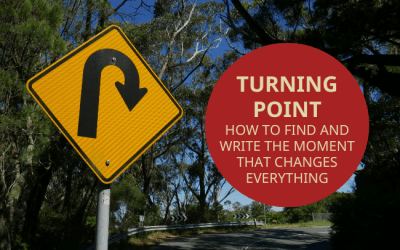THE EDITOR’S BLOG
Learn to edit your novel
with expert articles, audio guides, worksheets, and free resources.
What Genre REALLY Measures (And Why Every Genre You Try Feels Wrong)
If you’ve tried every content genre and none of them fit your story, if genre feels like a standardized mold your story simply doesn’t fit, try this approach instead.
Where the Turning Point Goes (And How to Know If Yours Is in the Right Place)
Where is the turning point? It sounds like a simple question, but the answer is more complicated than you might expect. If your pacing feels off, check your turning point against these two guidelines.
Turning Point: How to Find and Write the Moment That Changes Everything
The turning point is the moment that changes everything. Get it right, and the climax is inevitable. Get it wrong, and everything falls apart. Here’s the simple framework that makes the turning point work.
The Hidden Half of Your Protagonist’s Goal (That Makes Story Structure Work)
Your protagonist’s goal drives the story. And this deceptively simple goal framework will tie your entire story structure together.
When Should You Work With an Editor? (It’s Earlier Than You Think)
Most writers think they need to finish more drafts, solve more problems, or reach some mysterious milestone before they’re ready for an editor. But what if you’re ready right now?
How to Use Genre as a Revision Tool (with Savannah Gilbo)
You’ve named your genre, but the pieces still don’t fit together. Here’s how to turn genre from a source of confusion into a tool that makes revision click.
The 12 Core Genres That Power Every Great Story
Your genre is one of the foundational, defining decisions you’ll make about your story. Let’s explore genre as a revision tool that works for you.
How Great First Lines Make Readers Pay Attention (with Abigail K. Perry)
Your novel’s first line is more than a pretty sentence—it’s a promise. Agents, editors, and readers all form instant judgments based on what you write first. In this article, we're unpacking how to craft a compelling opening that captures attention and sets your story...
Where Progressive Complications Go WRONG (and How to Fix Them)
Bored readers. Disconnected scenes. Endless filler. If your messy middle feels like a black hole of momentum, you’ve probably fallen into a progressive complication trap.









